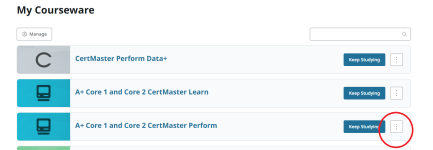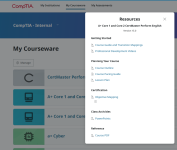Join us for our next CIN Exclusive live-stream event!
Get ready to participate in a hands-on, practical cyber exercise with CompTIA, Cubic, and Cloud Range Cyber. For the next CompTIA Learning session, we’ll be conducting a cyber range exercise focused on protecting critical communications infrastructure. This will be a workshop, so prepare yourselves to interact with experts as you learn unique skill combinations that solve today’s critical issues. Throughout the session, AWS and Cubic will outline critical ways to manage, improve, and secure Mission Partner Environment (MPE) networks and communications. They will outline ways to cope with Denied, Degraded, Intermittent, and Limited (DDIL) environments, for example. All the while, we will all work hand-in-hand in a cyber range. We’ll be working inline and in real-time with experts who will help you learn the skills to help unify and secure edge and cloud for better communications and outcomes.
By the end of this session, you will be able to:
- Describe the critical infrastructure attack surface at the tactical edge for enterprise and cloud environments
- Discuss typical and asymmetric attacks that occur
- Identify critical, hands-on security analytics methods for protecting communications
- Create new cross-skilling pathways and learning opportunities with confidence
This session will last roughly three (3) hours. We will divide the action into three parts. In the first 30 minutes, AWS and Cubic will outline the opportunities and problems that today’s tech workers need to solve. We will then delve into a cyber range where you can hone practical skills and identify future learning pathways for you and/or your group.
Candidates can earn CEUs for the following certifications:
- CompTIA A+ ce
- CompTIA Network+ ce
- CompTIA Security+ ce
- CompTIA DataSys+ ce
- CompTIA Linux+ ce
- CompTIA Cloud+ ce
What: Skills for protecting mission-critical infrastructure: A hands-on workshop
When: Wednesday, October 29, 2025 8:00 PM CST
Where: Room: Hawai'i Convention Center 302AB
Who: Dr. James Stanger, CompTIA, Bri Frost, Cloud Range, Jason Stutt, Cloud Range, Yuri Sidorov, Cubic
Livestream Registration Here
View attachment 2441 View attachment 2440


